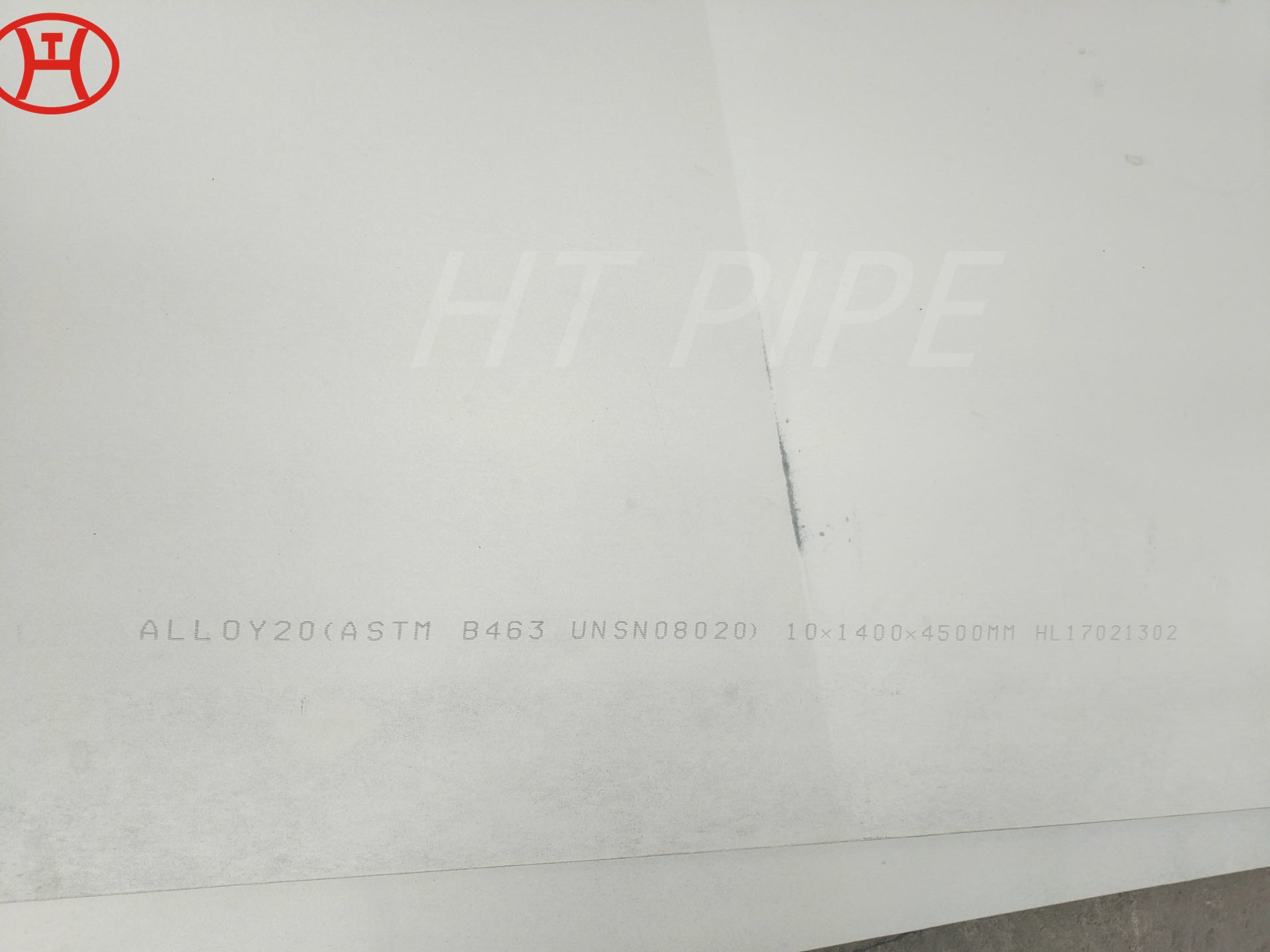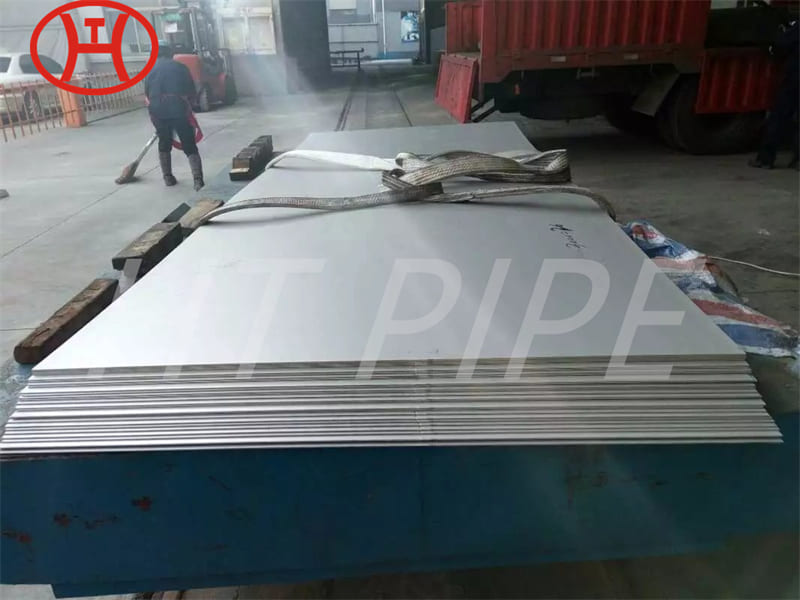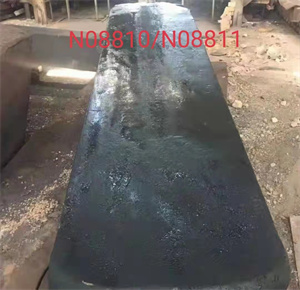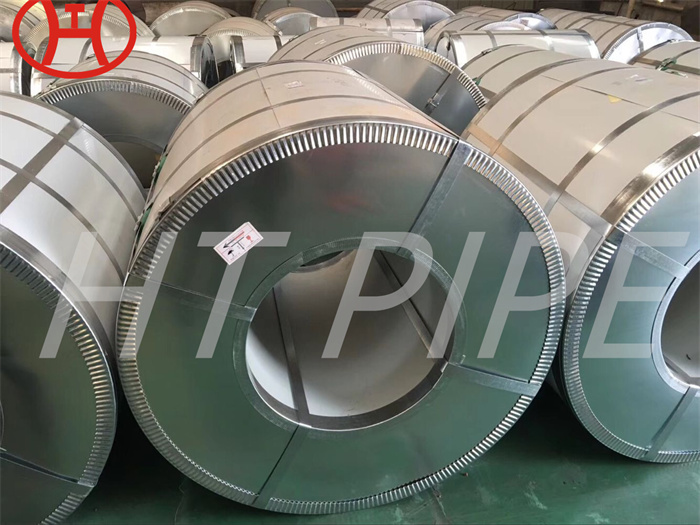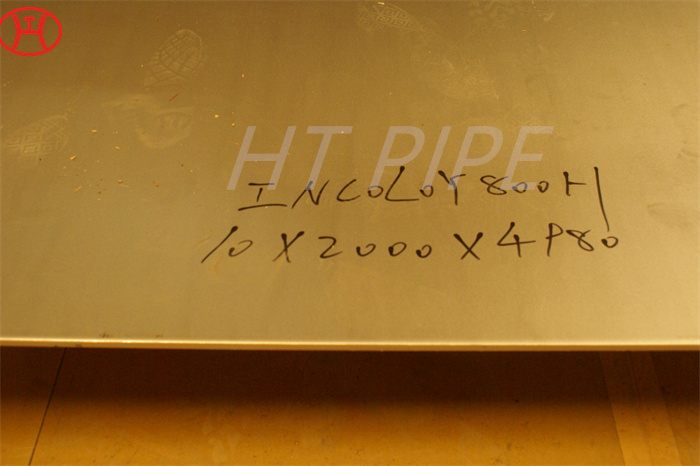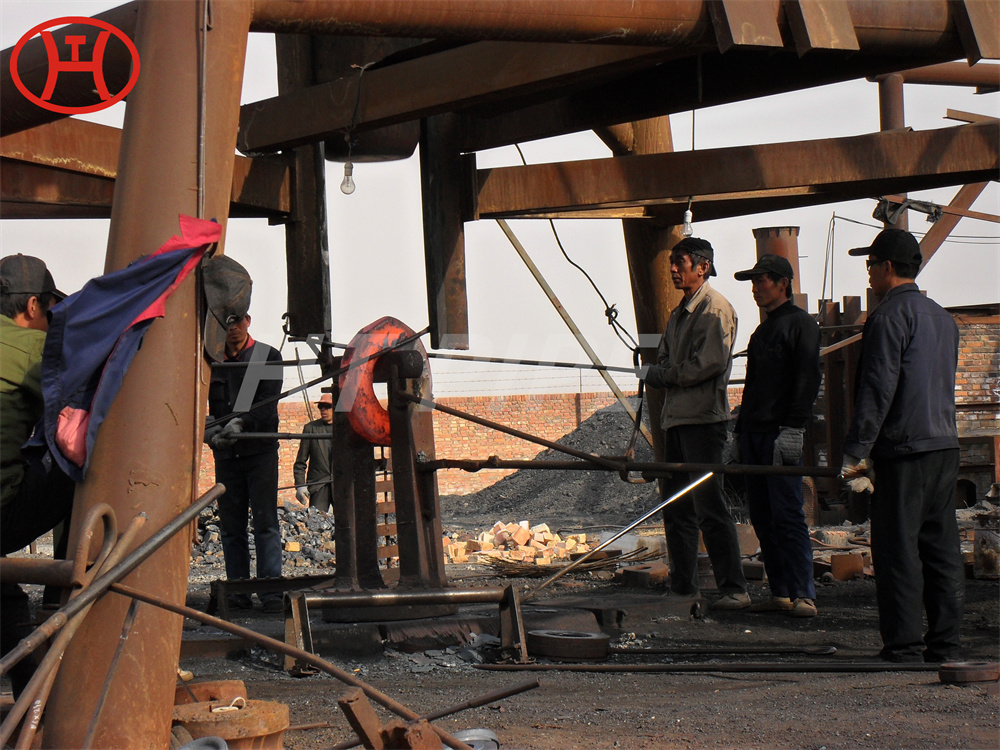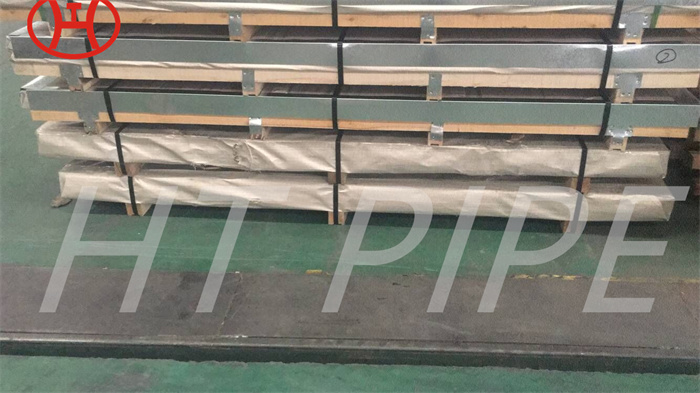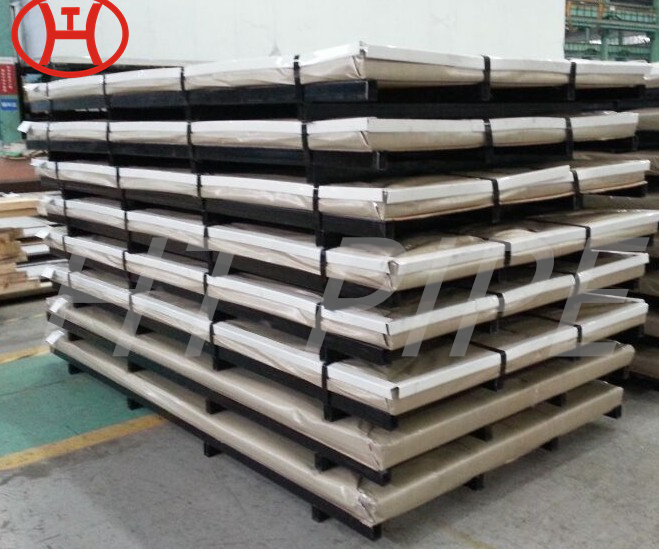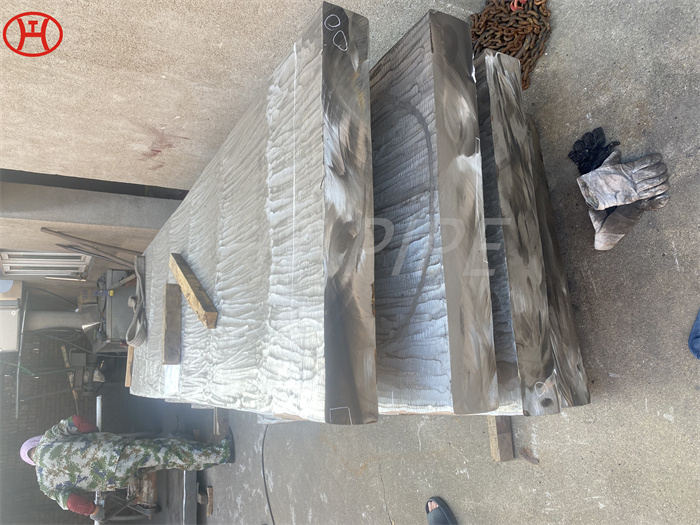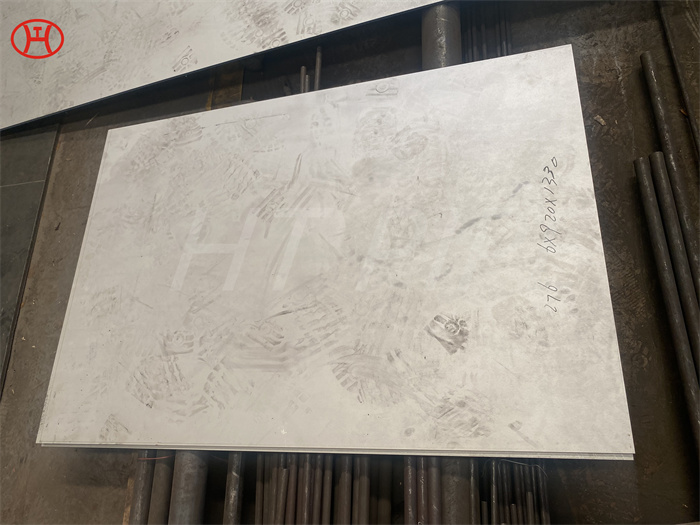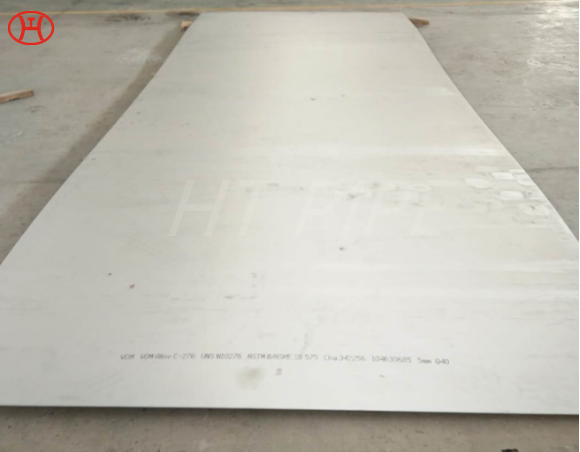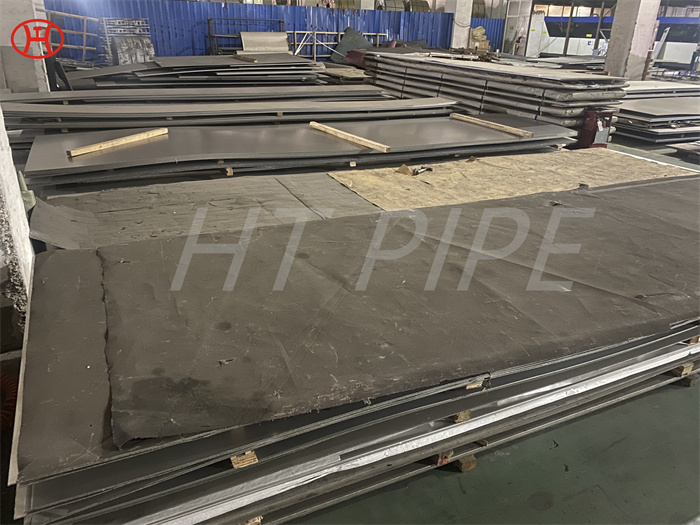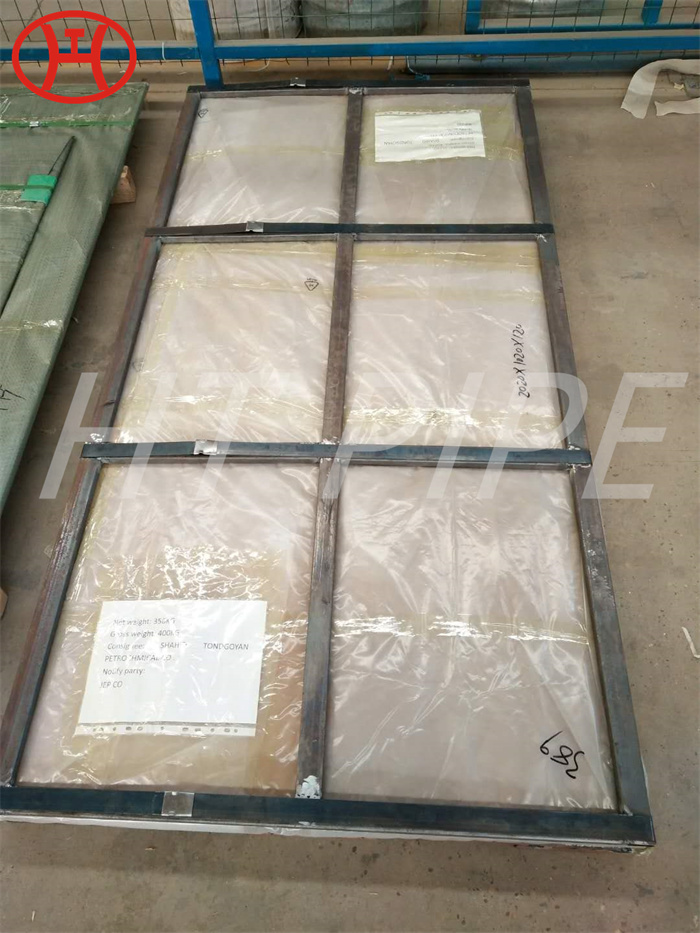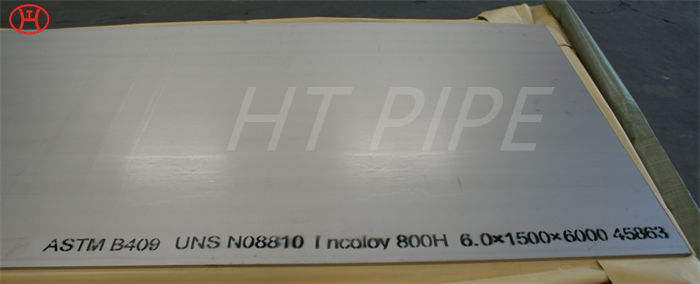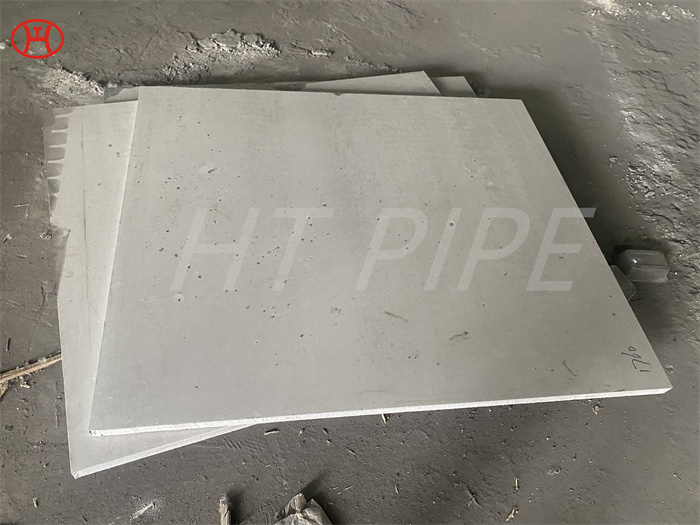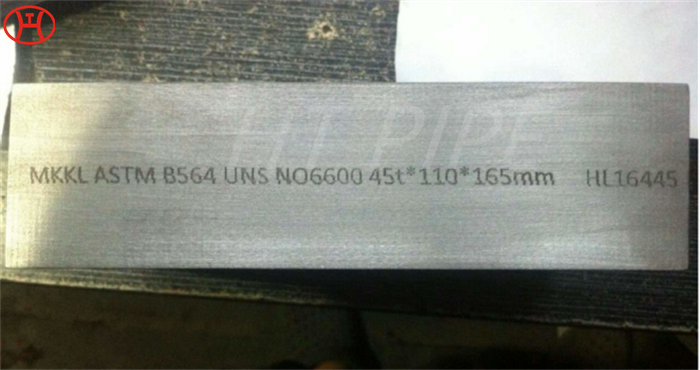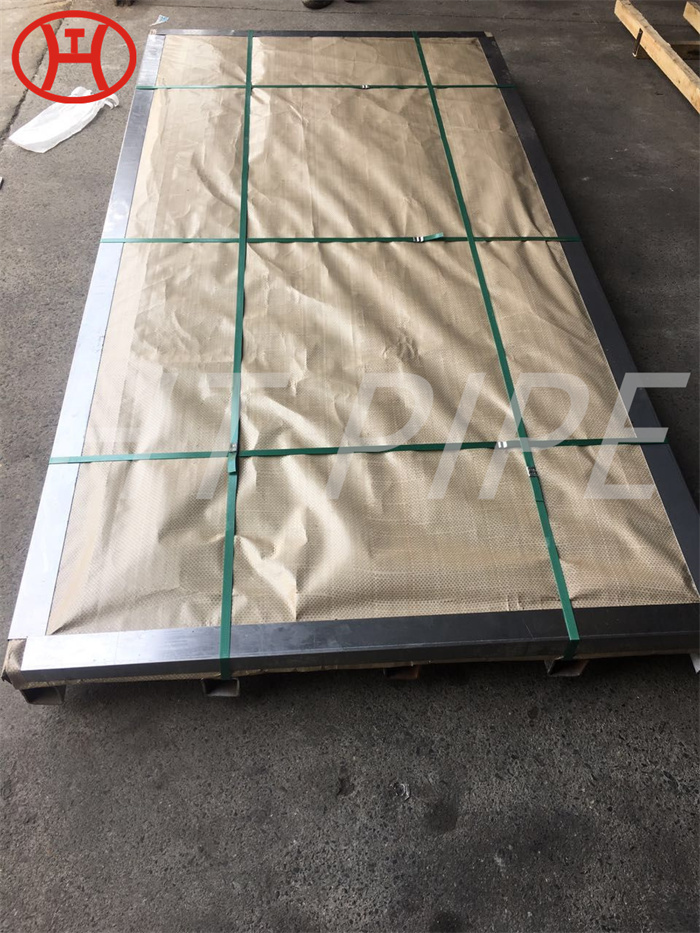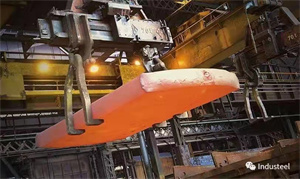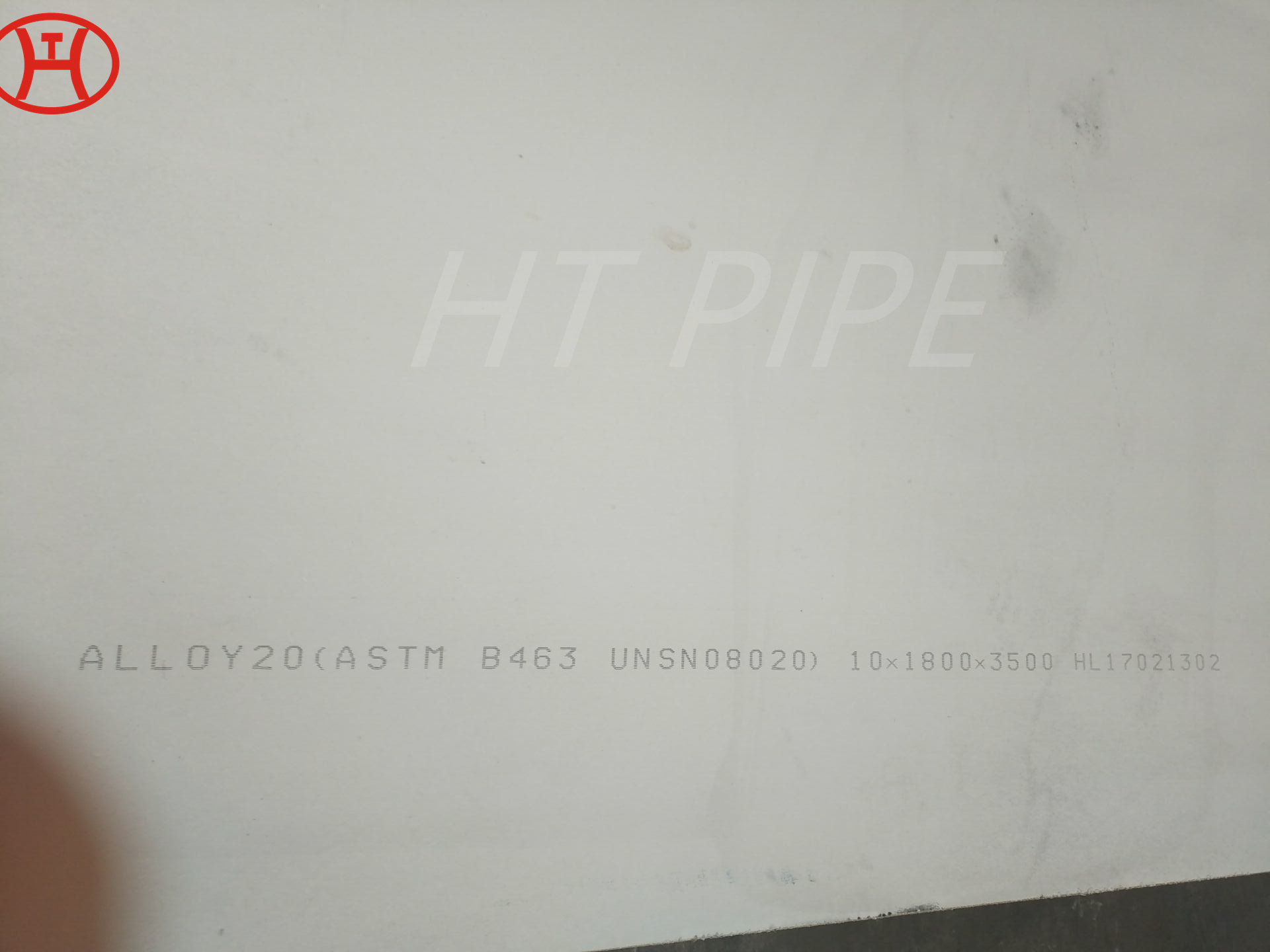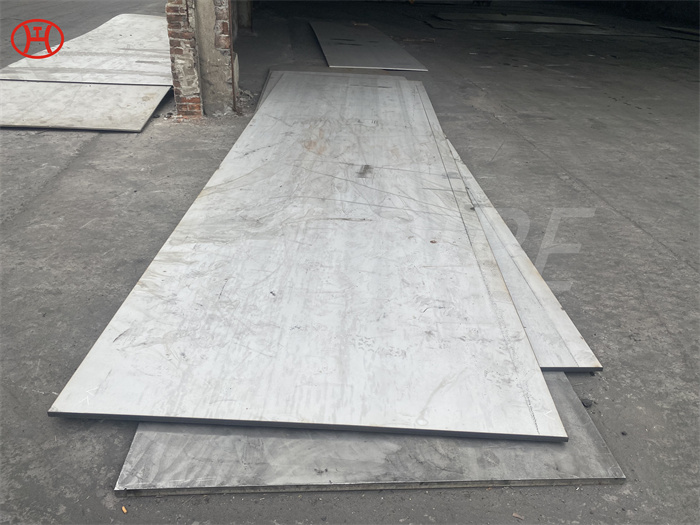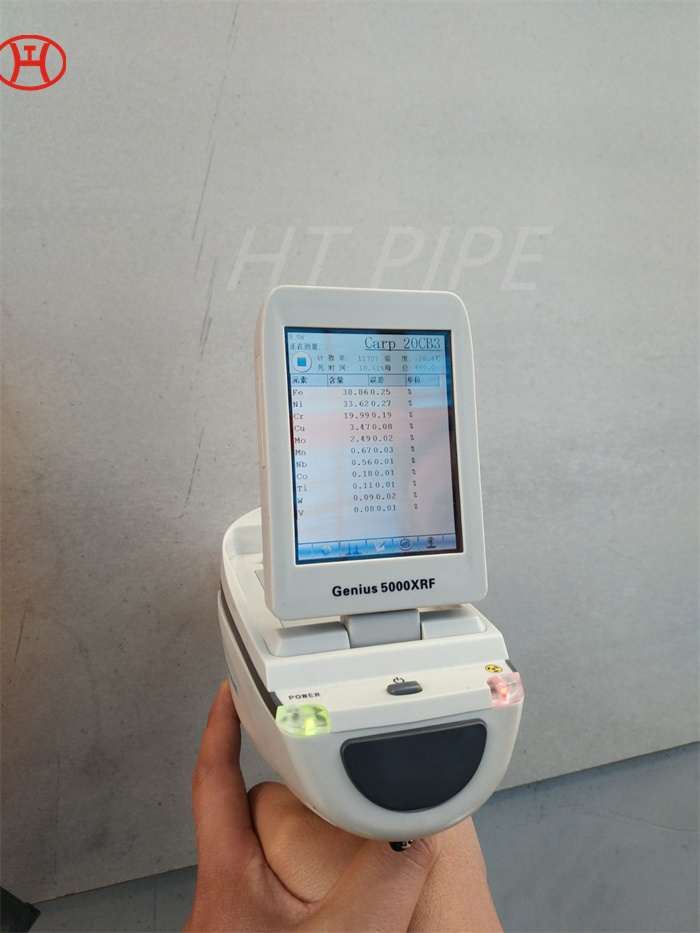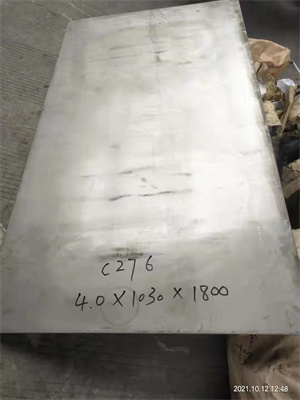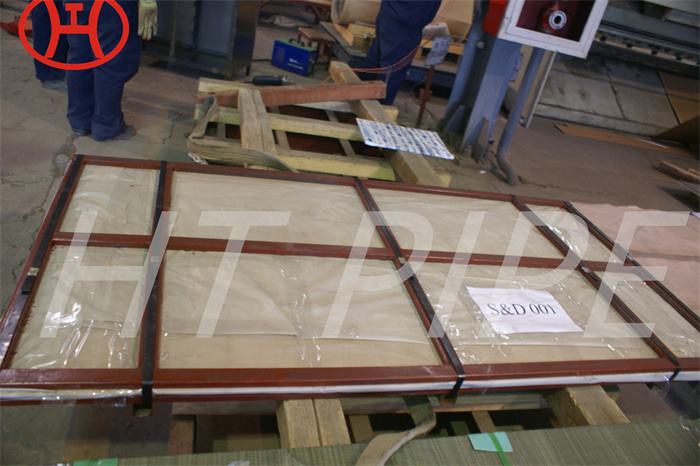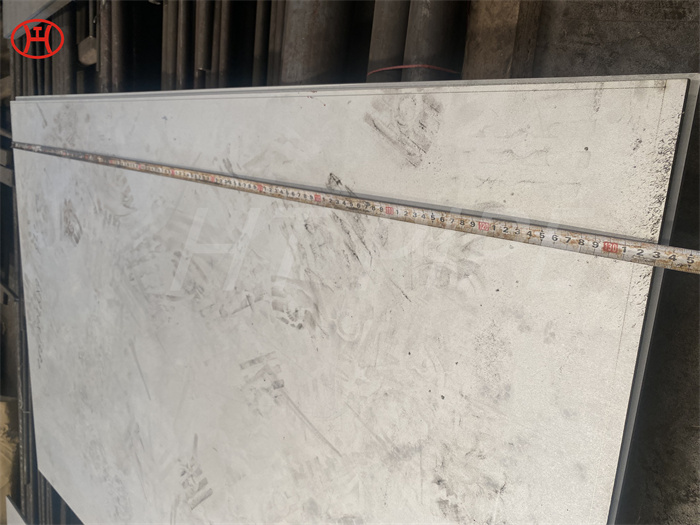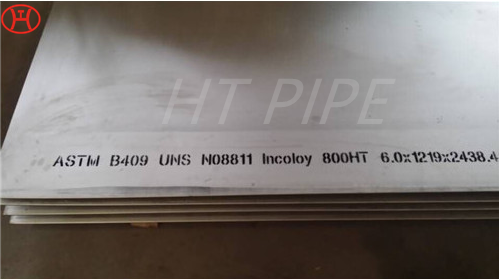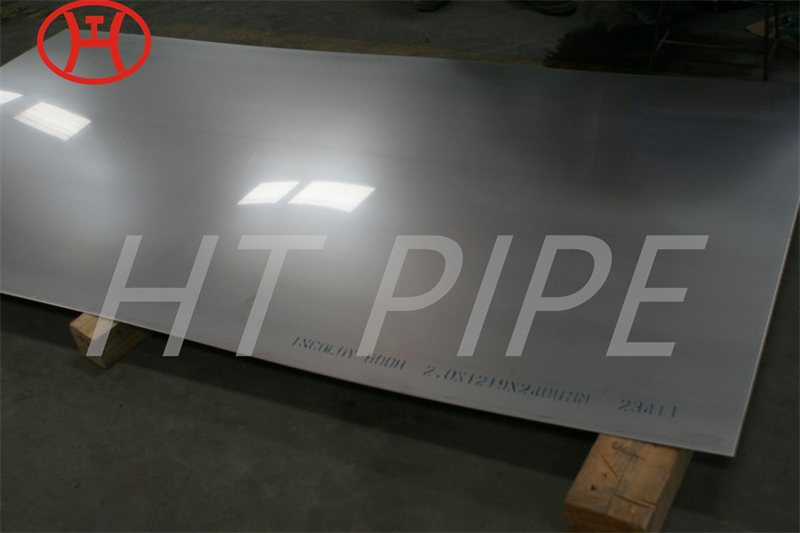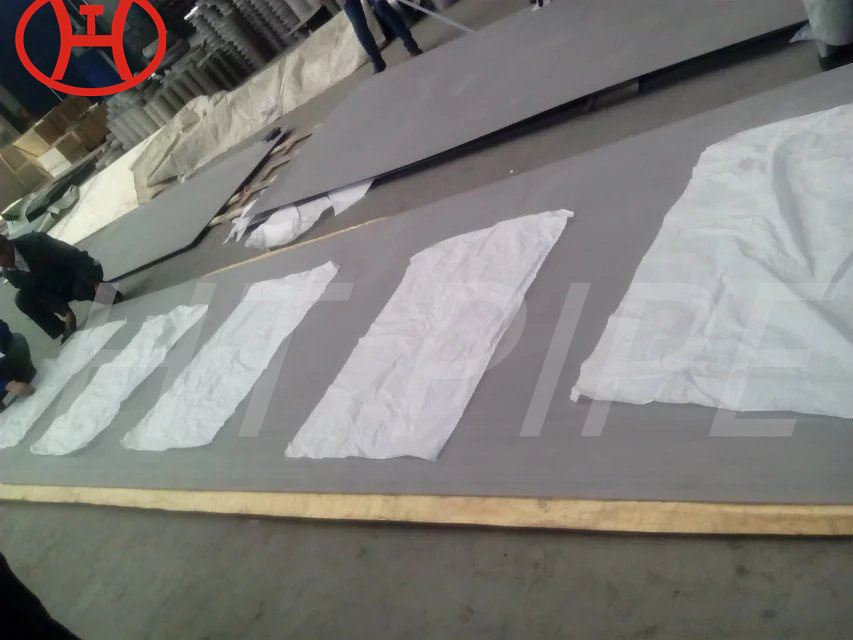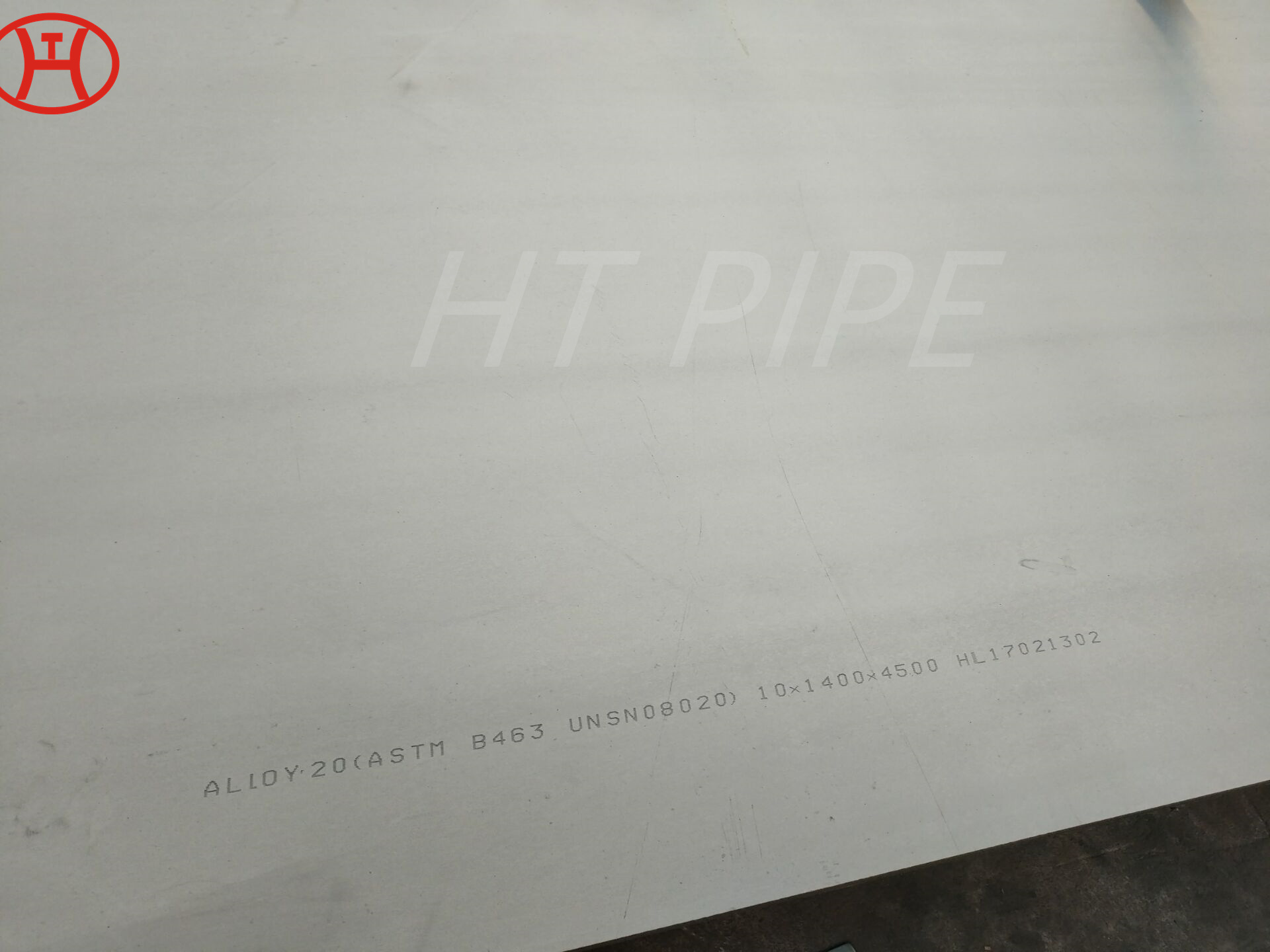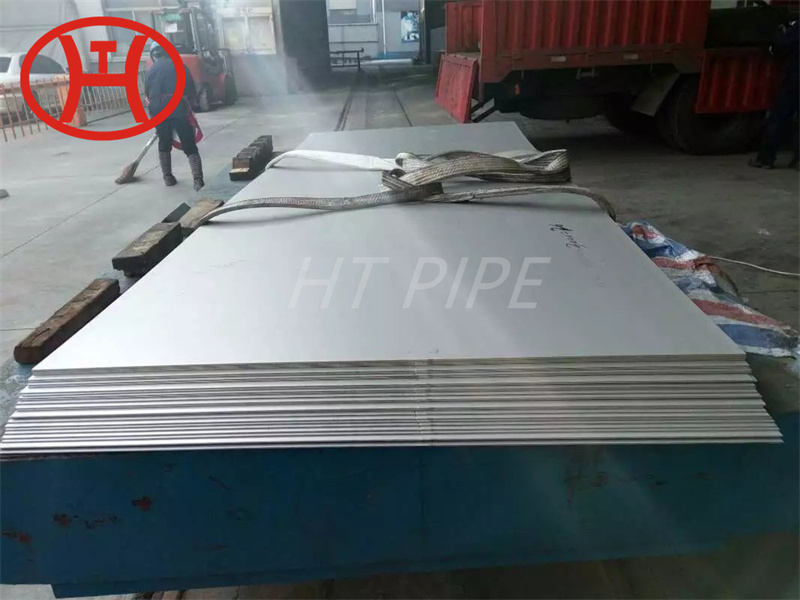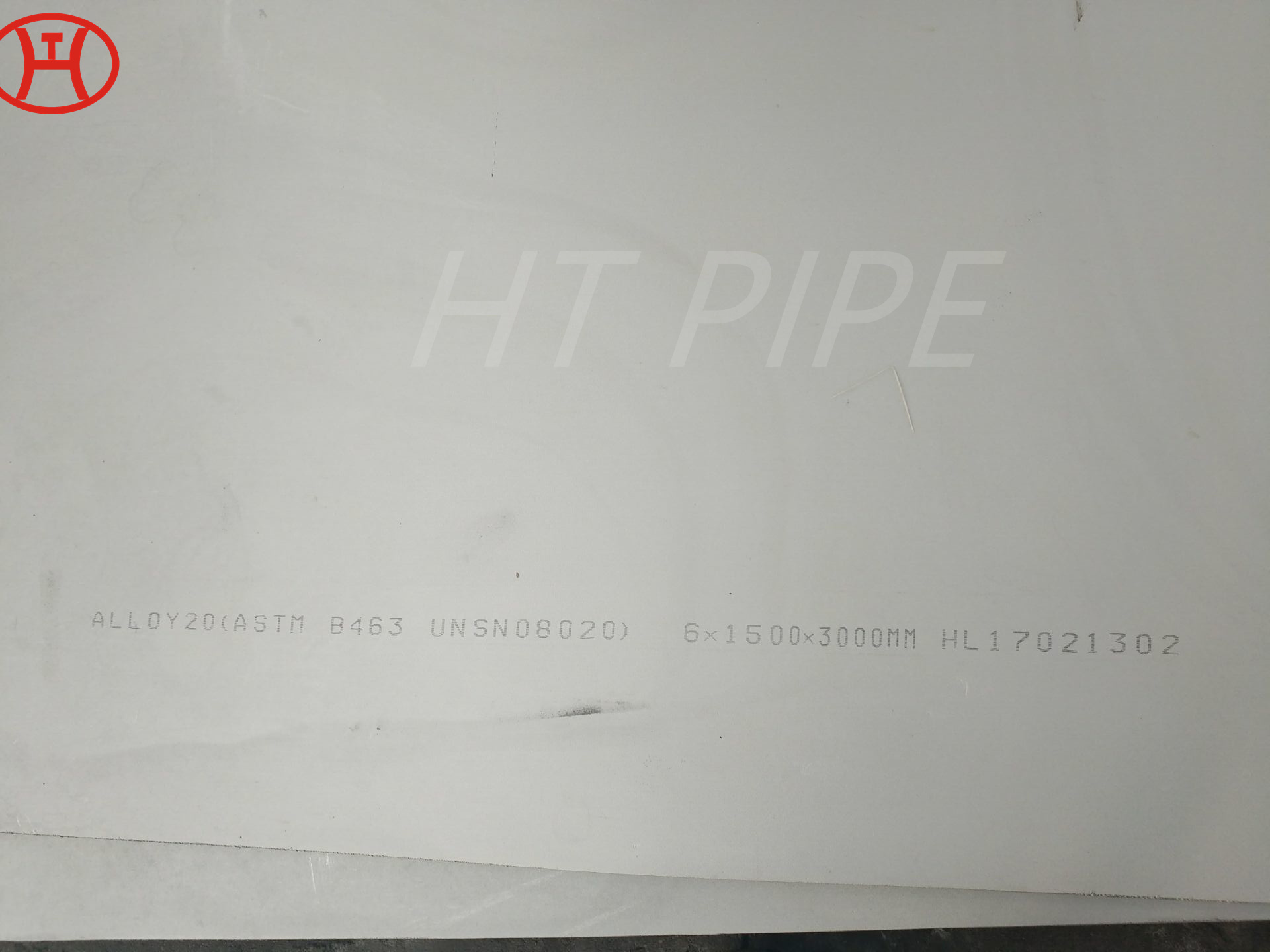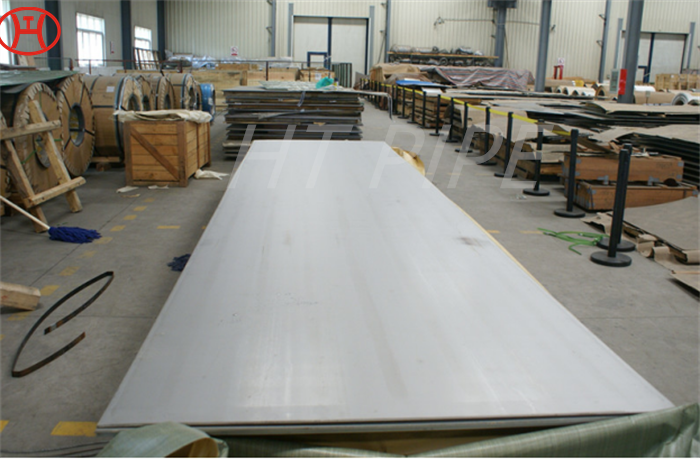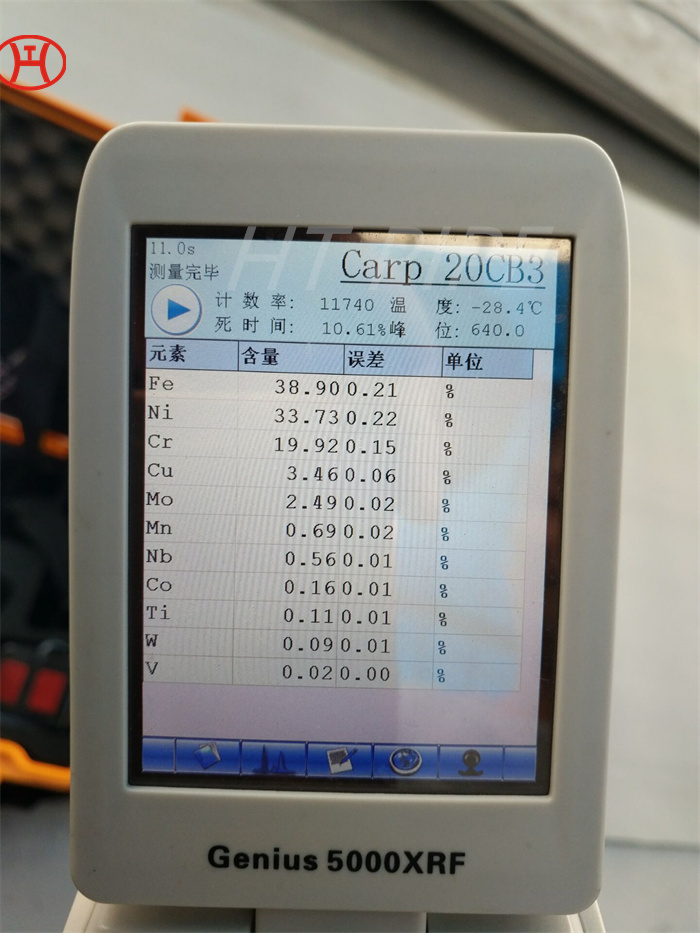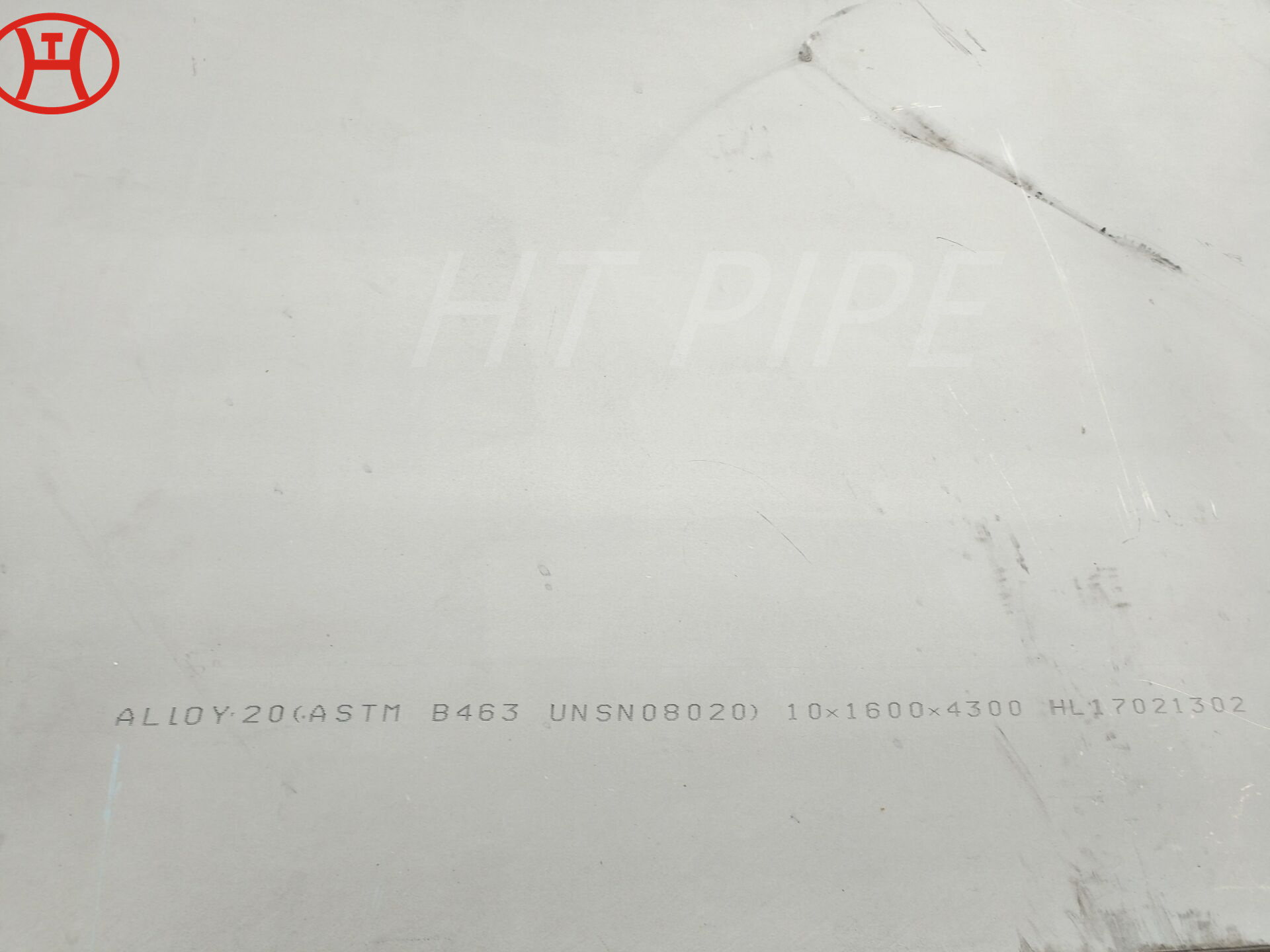10x1400x4500mm alloy20 plate N08020 sheet coil
Alloy 20 Plate or Alloy 20 is specially designed to deal with sulfuric acid. Its layers of nickel, chromium, molybdenum and copper all provide excellent novel corrosion resistance. Confined carbon plus columbium stabilization allows welding to be used in corrosive environments, usually without the need for heat treatment on the weld. At 33% nickel, Alloy 20 has practical immunity to chloride strain corrosion cracking. This alloy is often chosen to address SCC issues, which can also occur in 316L stainless steel.
Alloy 20 Stainless Steel is a super austenitic stainless steel alloy designed for maximum resistance to sulfuric acid and other corrosive environments not suitable for typical austenitic grades. Due to its high nickel content (32-38%), there is some disagreement about whether alloy 20 is a nickel alloy or a stainless steel alloy. No matter which side of the discussion you’re on, it’s clear that Alloy 20 is an excellent choice for a variety of industries and applications.

